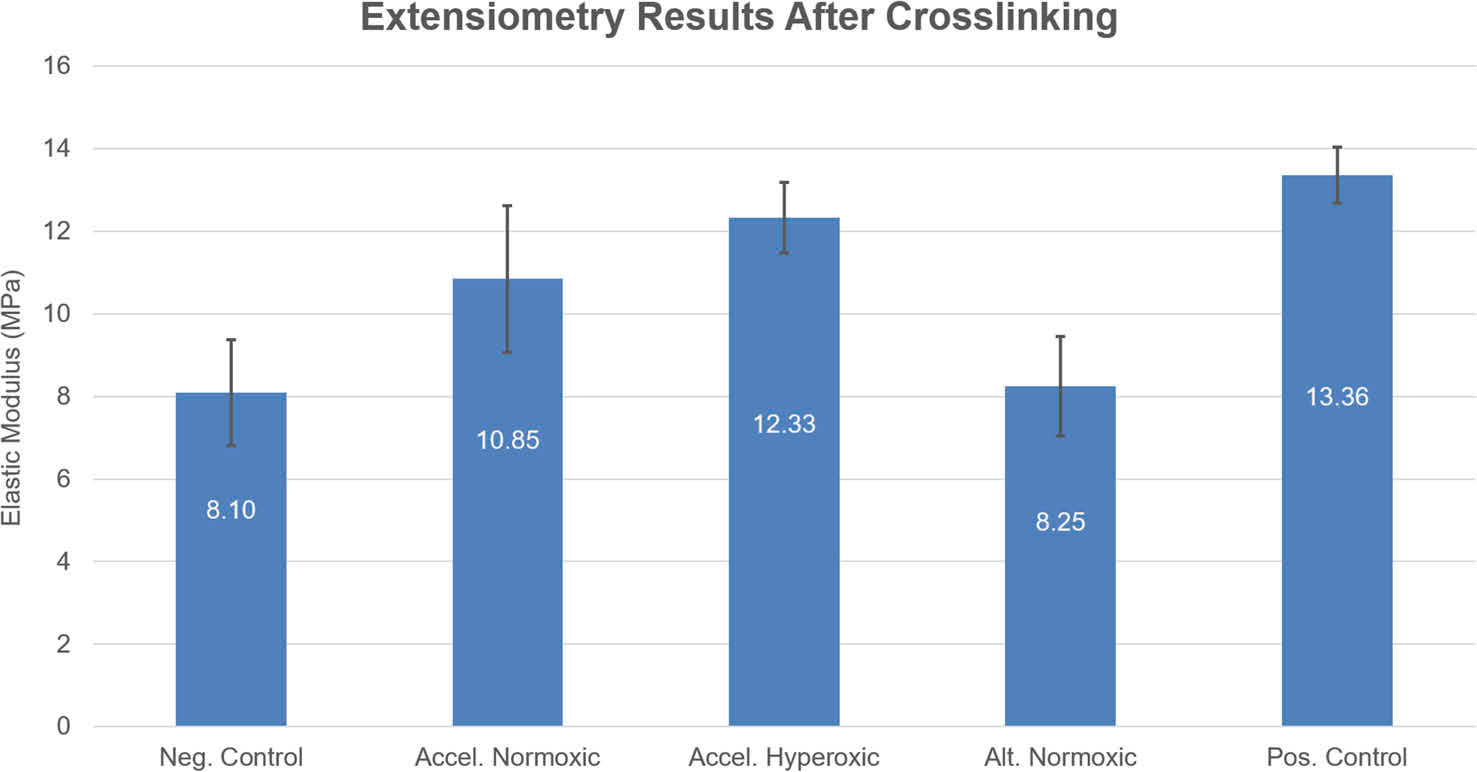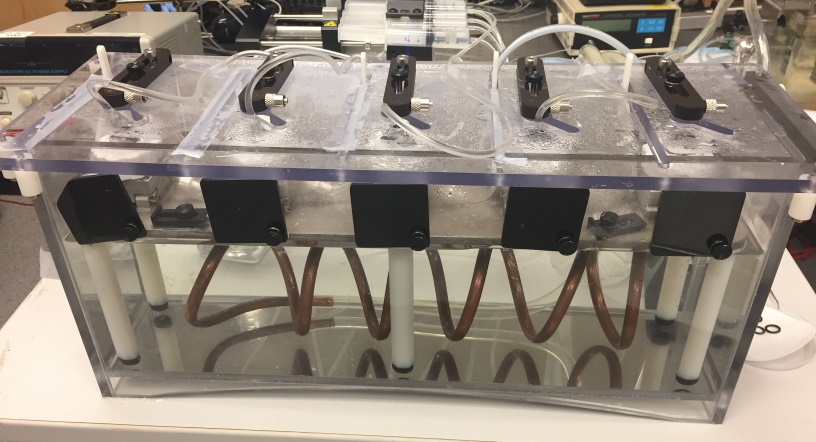In a previous blog entry, we talked about corneal cross-linking (CXL) as an option to treat corneal ectasia, which is a progressive disease that can lead to permanent vision loss. In fact, CXL is the standard care for treating progressive keratoconus as well. The procedure involves using ultraviolet-A (UV-A) to administer a photosensitizer, which creates oxygen radicals in the corneal stroma that forms permanent collagen cross-links and stiffens the cornea. While this has been proven to stop the progression of keratoconus, there are downsides to the procedure such as patient discomfort from epithelial removal and a long (60 min) procedure time. Alternative methods have been proposed including accelerated epi-on protocols where higher irradiance UV-A is delivered through the intact epithelium. Dr. Desmond Adler and his team at Avedro (now a Glaukos company) presents this research on optimizing oxygen concentration, UV-A delivery protocols and drug formulation for epi-on CXL.
In their experiments, whole, ex vivo porcine eyes were held in a specially designed chamber that acclimatized, treated and measured them in parallel (see image above). The CellScale BioTester was involved in biomechanical assessment of corneal samples under different conditions. The graph below shows the elastic modulus of the samples, and we can see that the epi-on CXL sample under a hyperoxic atmosphere was significantly stiffer than a normoxic sample.

To read the full journal article, click here: https://doi.org/10.1080/02713683.2019.1669663
To find out more about Avedro’s research, click here: https://avedro.com/clinical-trials-innovation/
To read another application of the BioTester involving a research on the mitral valve, click here.








